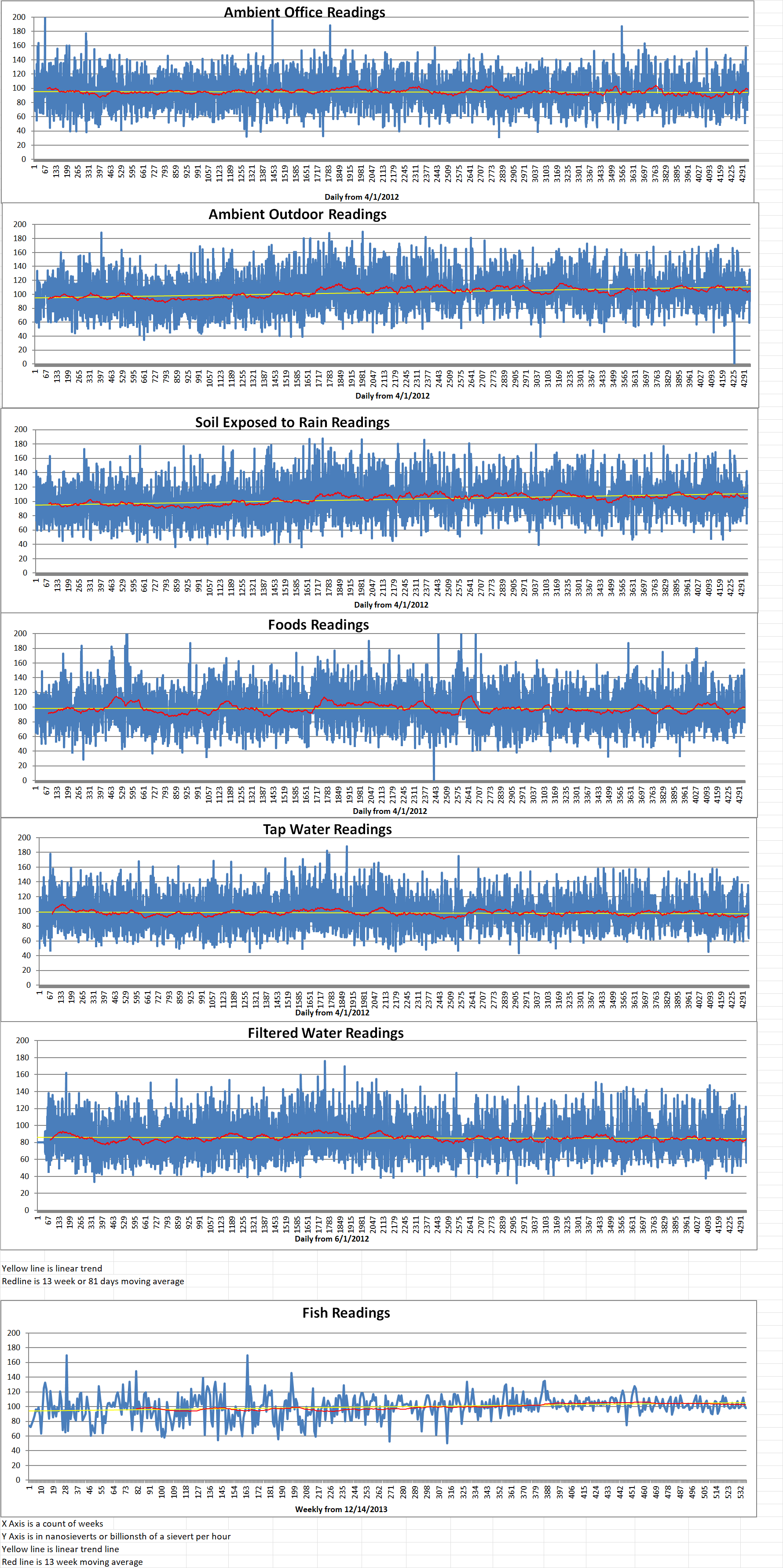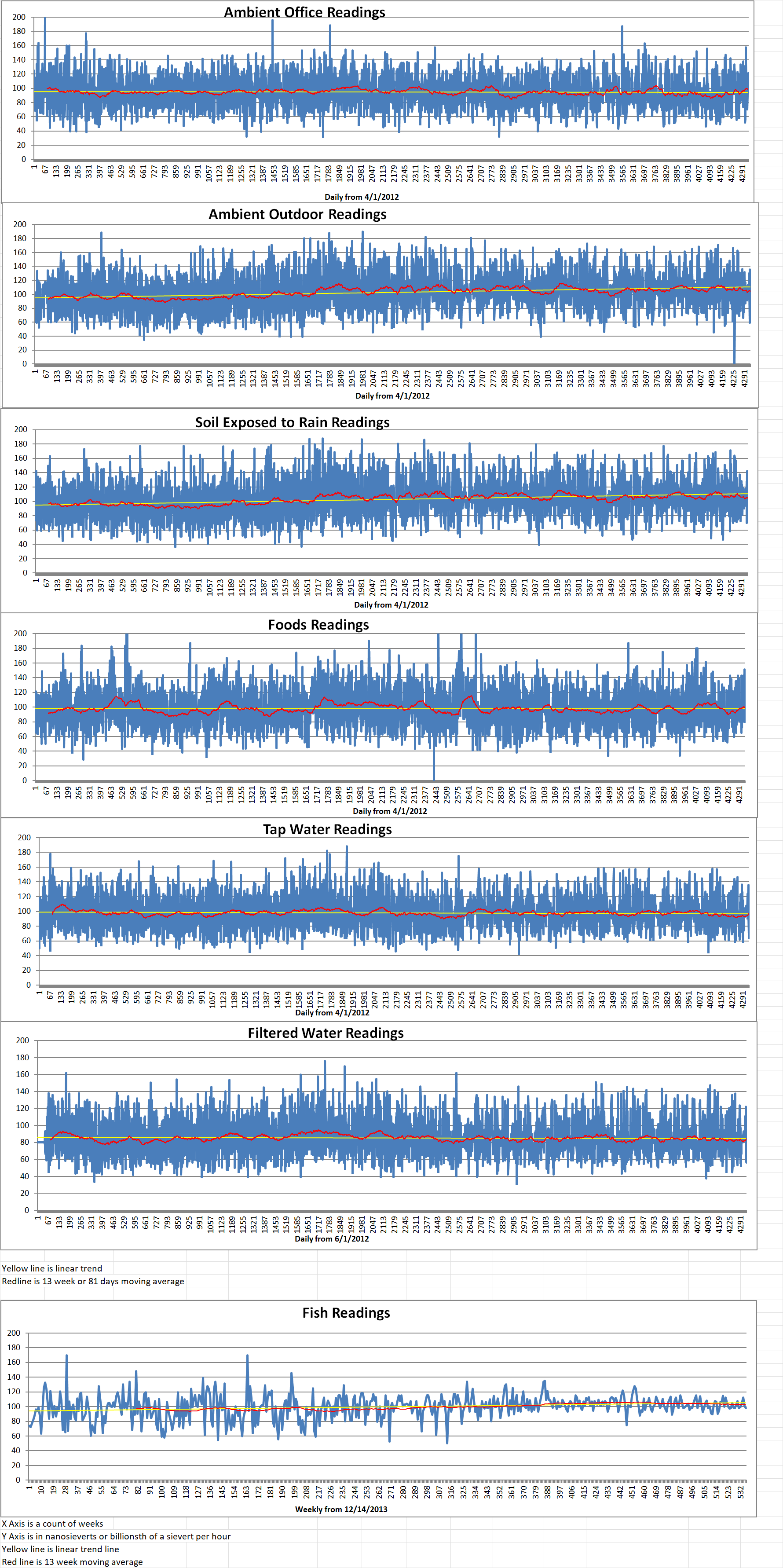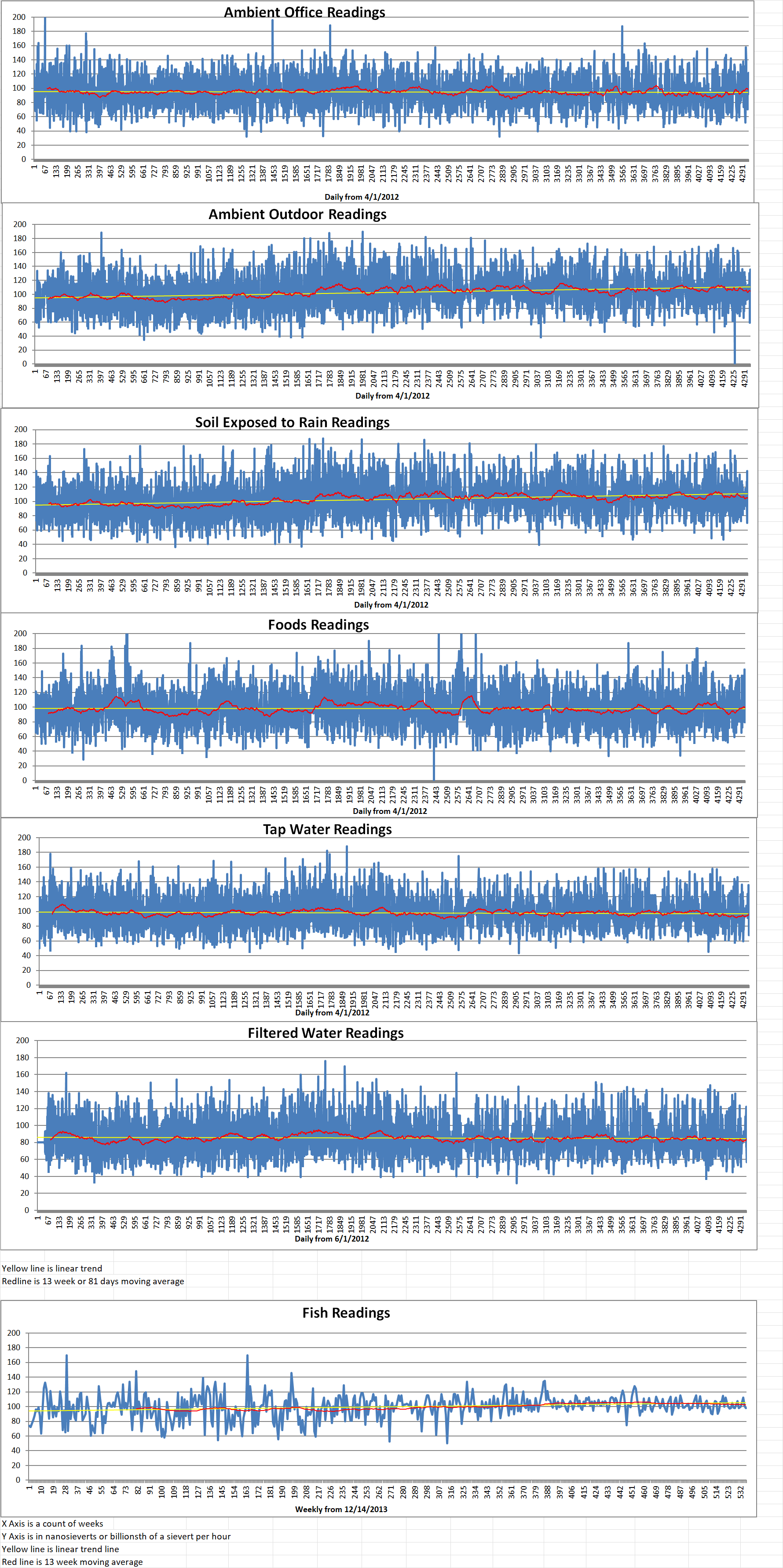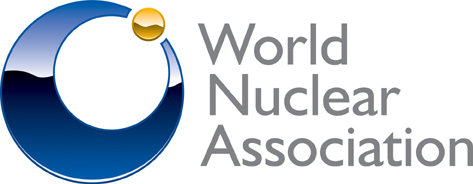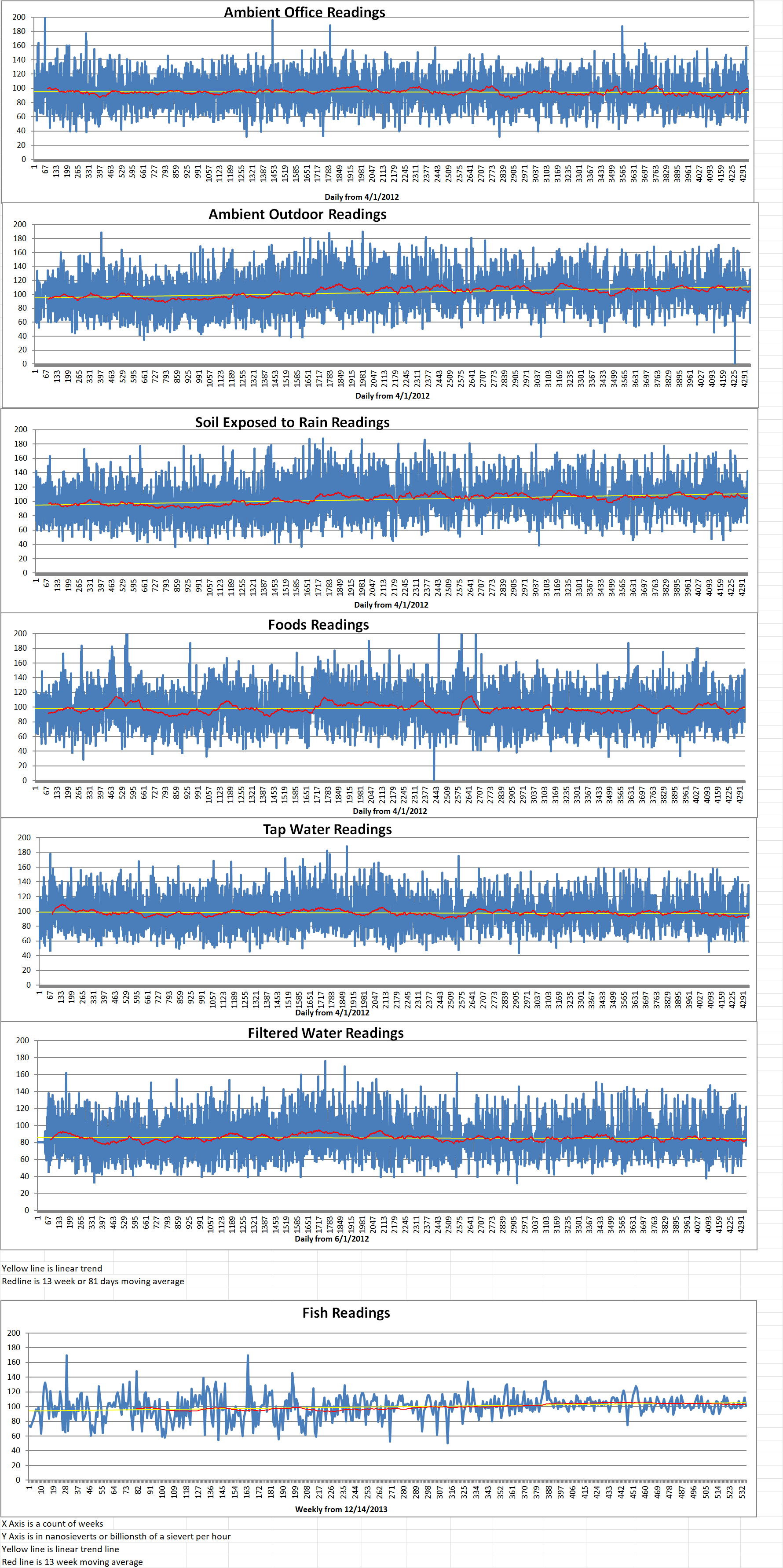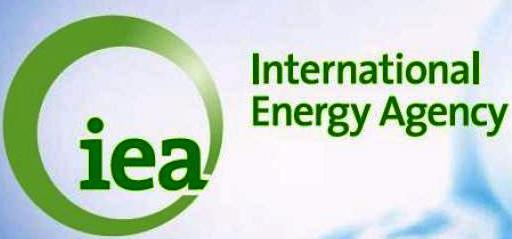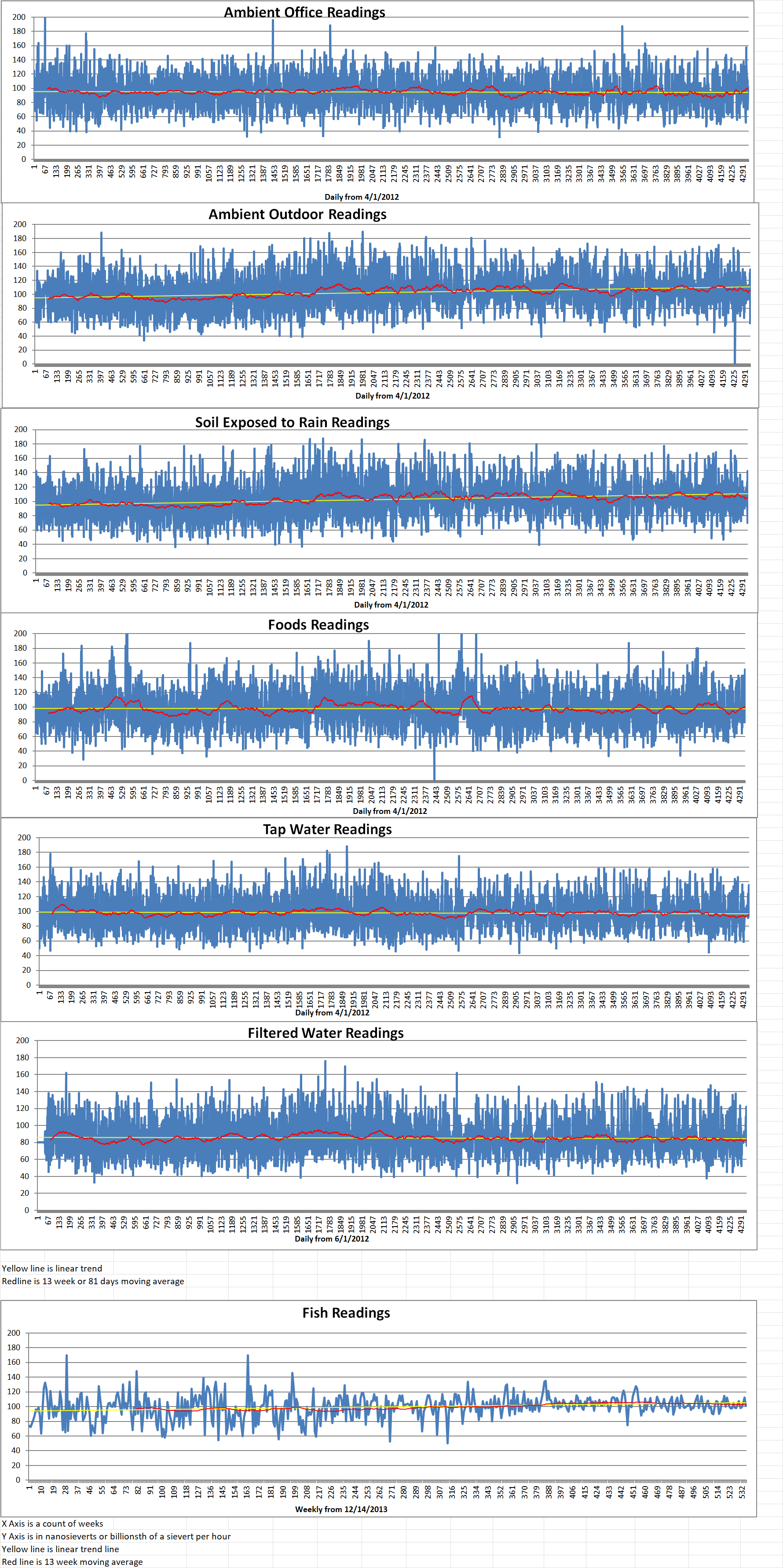Part 1 of 2 Parts
Global nuclear generating capacity is expected to increase from four hundred and sixteen gigawatts in 2023 to six hundred and forty-seven gigawatts in 2050 in a scenario based on existing energy policies, according to the latest World Energy Outlook from the International Energy Agency (IEA).
Fatih Birol is the IEA Executive Director. She announced the release of its latest World Energy Outlook together with lead authors Tim Gould and Laura Cozzi. “Today’s geopolitical tensions and fragmentation are creating major risks both for energy security and for global action on reducing greenhouse gas emissions. The world is set to enter a new energy market context in the coming years, marked by continued geopolitical hazards but also by relatively abundant supply of multiple fuels and technologies.”
Birol added, “In the second half of this decade, the prospect of more ample – or even surplus – supplies of oil and natural gas, depending on how geopolitical tensions evolve, would move us into a very different energy world from the one we have experienced in recent years during the global energy crisis.”
Based on current policies, the latest IAE report finds that low-carbon sources are set to generate more than half of the world’s electricity before 2030. Demand for all three fossil fuels, coal, oil and gas, is still projected to peak by the end of the decade. However, the report warns that despite growing momentum behind clean energy transitions, the world is still a long way from meeting its net-zero goals.
The World Energy Outlook 2024 report considers three scenarios. The Stated Policies Scenario (STEPS) supplies a prediction based on the latest policy settings, including energy, climate and related industrial policies. The Announced Pledges Scenario (APS) makes the assumption that all national energy and climate targets made by governments are met in full and on time. The Net Zero Emissions by 2050 Scenario (NZE) reports on what must be done to limit global warming to one and a half °C.
In the STEPS scenario, clean energy deployment accelerates as the pace of overall energy demand growth slows, which is leading to a peak in all three fossil fuels before 2030. Increasing reductions in coal demand indicates that it is overtaken by natural gas in the global energy mix by 2030. Clean energy sources grow more than total energy demand between 2023 and 2035. Clean energy becomes the largest source of energy in the mid-2030s led by surging solar photovoltaic (PV) and wind power.
The STEPS scenario suggests a triple increase in renewable sources that reduces fossil fuel use from eighty percent of total energy demand in 2023 to fifty eight percent in 2050. This falls far short of the step change that occurs in the APS scenario and the NZE scenario. In both of these scenarios, renewable sources begin to rapidly grow at the expense of the fossil fuel market share. By 2035, clean energy meets forty percent of global energy demand in the APS. This rises to nearly three-quarters by 2050. In the NZE scenario, clean energy meets ninety percent of global energy demand in 2050. Around one-third of the remaining fossil fuel demand in the NZE scenario is fully replaced, around half is used as a feedstock or in other non-energy use. The remainder is offset by direct air capture, negative emissions from bioenergy or other forms of carbon removal.
Please read Part 2 next

